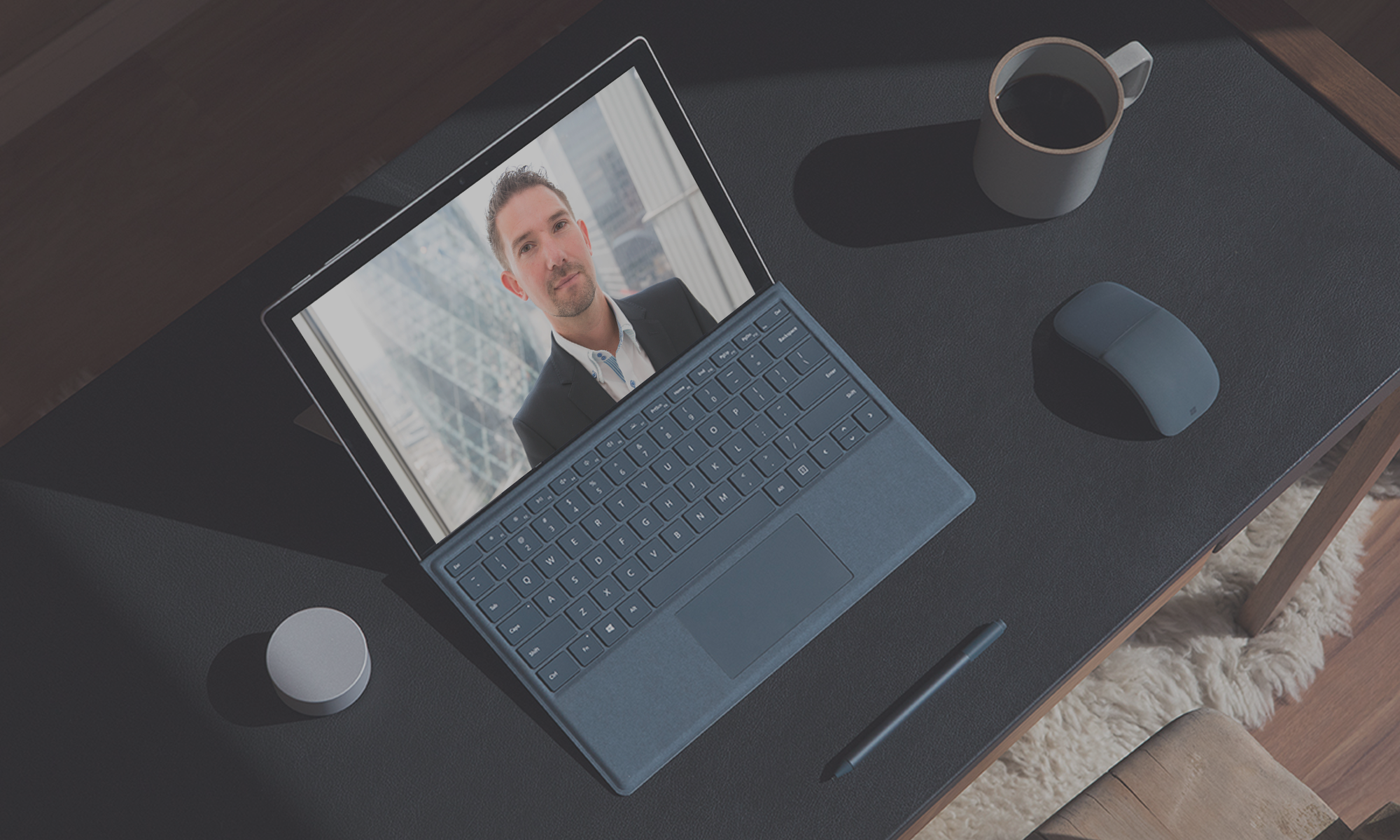This week was Microsoft’s third annual OneDrive digital event (October 8th, 2025), where their key message was that OneDrive is much much more than “just” file storage.
Whether you are looking at this as a consumer or information workers, the theme this year was “Intelligence in every click, inspiration in every memory” .
Yes OneDrive is getting a true AI overhaul the event was about showcasing what is coming (soon) revealing and demoing how Copilot and AI are being woven into the very fabric of OneDrive, transforming it into both a personal and professional productivity and imaging hub.
Perhaps the biggest thing for at the event was the Hero Link… Read on!
The 3rd Annual OneDrive Event
The virtual event itself was led by many familiar with the keynote from Jeff Teper (President, Microsoft 365 Collaboration Apps & Platforms) and Jason Moore (VP of OneDrive Product Management).
The core event was 25-minuts long and included an hour ish live AMA (Ask Microsoft Anything) with the OneDrive engineers and product lead.
You can watch it on YouTube here.
OneDrive and Copilot Key Annoucements
Copilot is being deeply embedded across OneDrive consumer and OneDrive for Business and we will see Copilot now natively integrated into OneDrive across web, desktop (coming soon), and mobile. This includes:
Core OneDrive changes and innovation from everywhere.
- Natural language file search: you can ask direct from OneDrive “show me the Q3 financials with margin analysis” and Copilot surfaces the right file instantly.
- File summarisation and insights: With a single click or prompt, Copilot can summarise long documents, extract key points, and even suggest next steps.
- Actionable collaboration: Instead of static files, OneDrive becomes more of a springboard into actionable steps. It can can draft responses, prep presentations, or analyse data directly from the file context in OneDrive.
Smarter Photos Experience for all
Smarter Photos Experience for personal users with huge updates to ‘rival‘ Google Photos especially around memories and search.
- AI-powered photo organisation: new AI powered auto tagging, grouping, and contextual search. For example simply ask “show me photos from our Isle of Wight trip last summer”.
- Memory highlights: Curated collections that feel more like a story than a folder, presented a blood and crisp new way with fluid animation and scrolling.
As I said, this is Microsoft’s answer to Google Photos, but with enhanced “enterprise-grade” compliance and privacy baked in.
OneDrive as a Hub for content.
OneDrive as a Hub for Work + Life
The tagline here is about positioning OneDrive as the “always ready” hub for both professional and personal content.
- Work content becomes more discoverable and actionable without having to switch context.
- Personal content (like photos) becomes more meaningful and shareable and ups the standard for AI management and organisation.
- Photos Agent: allows users to use Copilot to find all your best shots from anytime anywhere or anytime and Copilot will help find the best photos. Soon it will also help build albums too. It is coming soon to Microsoft 365 Copilot Windows and Web experience for Microsoft 365 Premium subscribers.
- IT leaders retain control, with governance and compliance intact along with powerful new sharing controls known as the hero link.
The new Hero Link.
This for me was this big one. Microsoft say that after a decade of feedback and innovation, the biggest update to sharing in Microsoft 365 is here – the hero link!
Having seen this at MVP Summit last year at the early testing phases, I am uber excited by this.
This marks a major evolution in file sharing within Microsoft 365, designed to simplify and streamline collaboration.
- Single, primary URL: identical to the address bar link, it governs access to shared content without multiple links. This means users can update permissions (e.g., expand access to their organisation) without needing to resend or regenerate links, significantly reducing the risk of “access denied” errors. It means you can change permissions without resharing links.
- Copilot summaries when sharing: enhances this experience, ensuring recipients open files with immediate context. This update reflects over a decade of user feedback and aims to make sharing more predictable, secure, and efficient.
- Simple for sharers and collaborators: With the hero link, content sharers distribute a single, permanent URL to all stakeholders, adjusting access levels as needed without worrying about outdated links. This not only improves continuity and reduces complexity but also supports seamless collaboration across teams, especially in dynamic environments where content and contributors frequently change.

Timeline and Availability
Many of the new features showcased are already in preview for Microsoft 365 Copilot users, with general availability expected in early 2026.
The new Photos experience updates will start rolling out to consumer (personal) OneDrive accounts over the next few months.
New OneDrive native app for Windows in preview now for Windows Insiders using Copilot Plus PCs.
My Take
Who would have thought a few years ago that OneDrive would have its own special annual event!
This year (the third year) it wasn’t just about new features it was about deepening the role of OneDrive as the connective fabric that binds Microsoft 365 together. Personally it think the focus was more on consumer to compete in the Google Photo Space with AI packaging features powered by Copilot (which ties in nicely with the new Microsoft 365 Premium SKUs for home, personal and family users.
For corporate IT, the message was for around OneDrive becoming the AI-first content hub (like they have done with SharePoint (after all it’s the same plafrom). With Copilot in OneDrive there are less clicks, it feels more native rather than an after thought and positions their AI in more places.
Sources
- Microsoft Tech Community Blog: Copilot + OneDrive Event
- OneDrive Digital event recap



